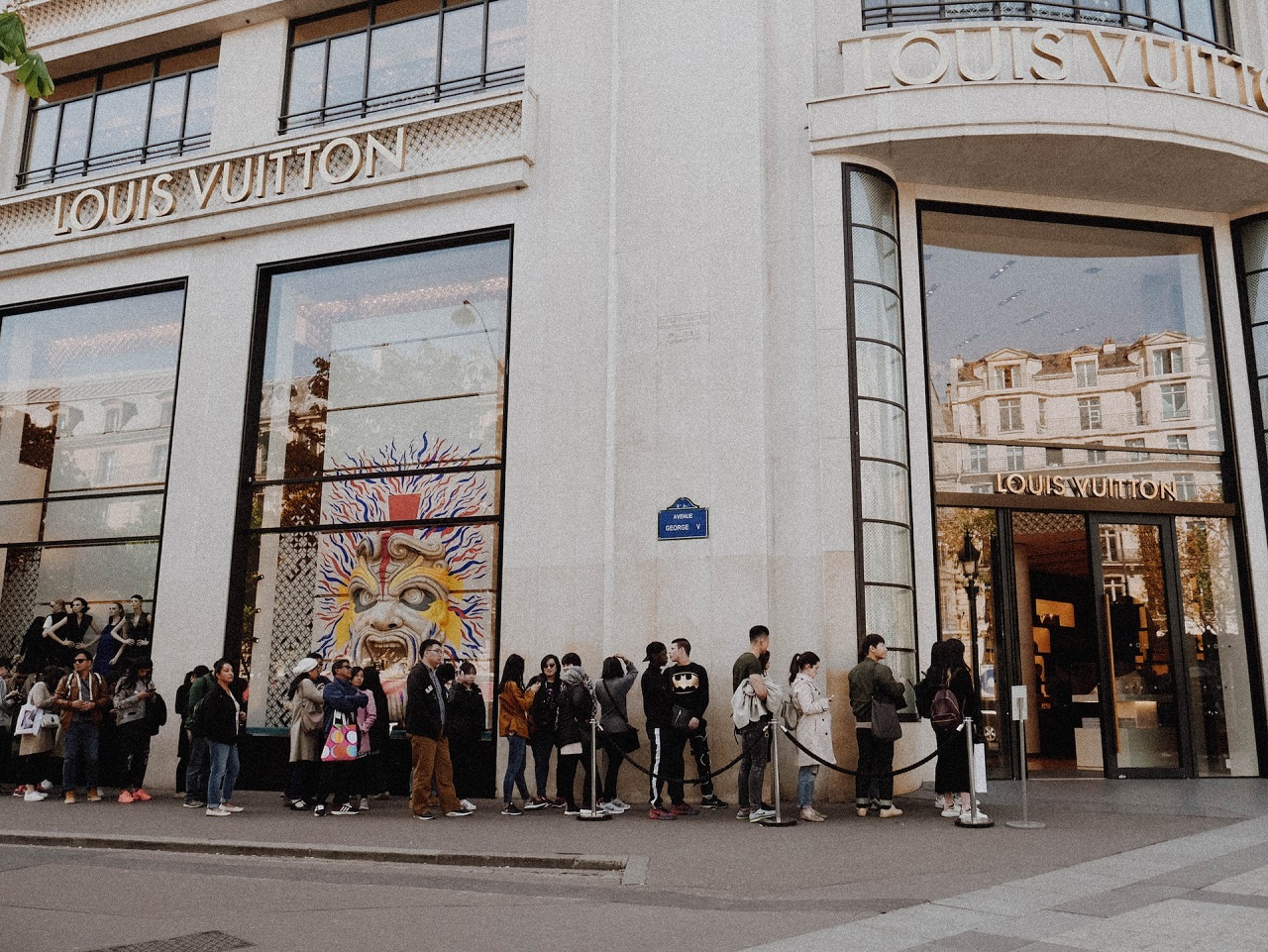Luxury Goods - The World’s Persistent Opulent Indulgence
Designer clothing, high-end watches, fine wines . . . luxury goods never fail to captivate people - both the affluent and the middle class. Their premium price tags already say a mouthful. People’s fascination towards status and prestige never ceases.
Author:Paolo ReynaReviewer:James PierceJun 16, 202315.8K Shares220.4K Views
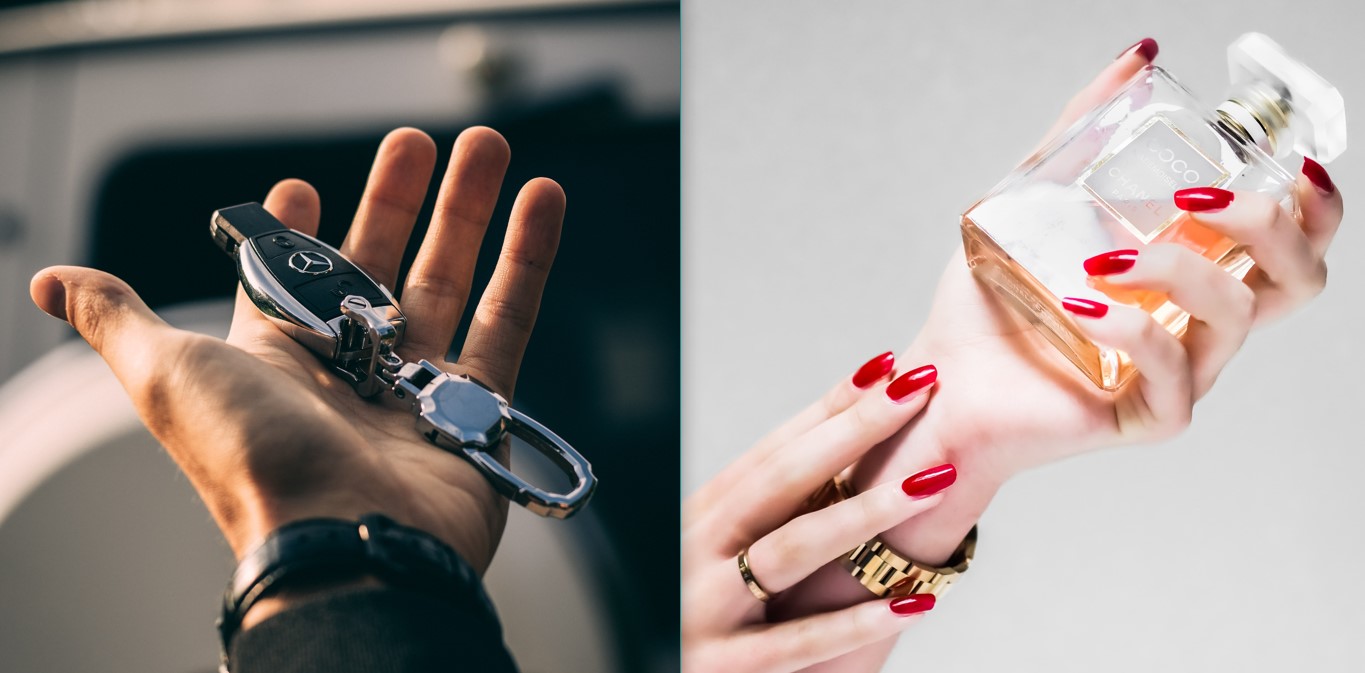
Luxury goodshave long captivated the world’s imagination, representing a realm that transcends the boundaries of mere functionality and materiality.
From extravagant designer fashion and lavish jewelry to exquisite timepieces and exclusive automobiles, luxury goods offer a tangible symbol of status, wealth, and refined taste.
The allure of luxury goods extends beyond their inherent value, as they tap into deep-seated human desires for:
- self-expression
- identity
- the pursuit of the extraordinary
However, as luxury goods continue to enthrall and inspire, criticisms abound, too.
Critics argue that, among other things, the pursuit of luxury can perpetuate inequality and contribute to overconsumption. Concerns over sustainability and ethical production practices have also gained prominence in recent years.
Balancing the allure of opulence with a responsible approach to production and consumption poses a complex challenge for both luxury goods and consumers alike.
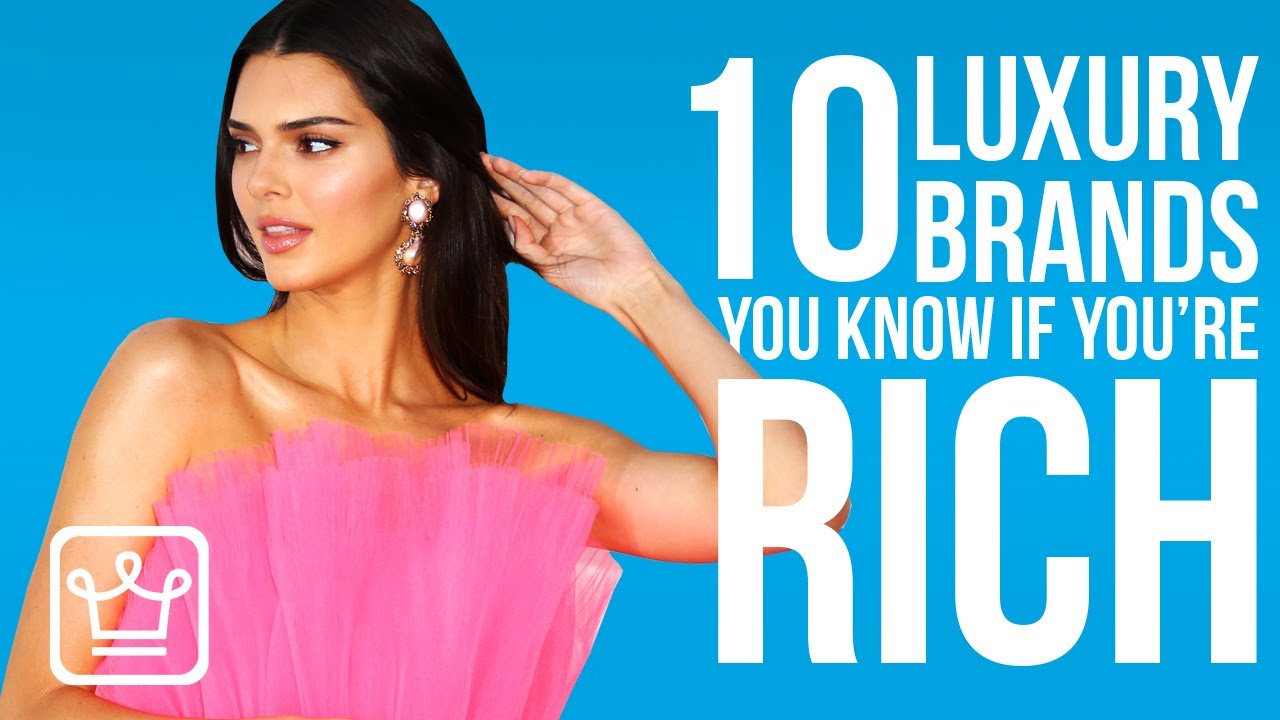
10 Luxury Brands You Only Know If You Are Rich
What Are Luxury Goods?
The concept of luxury itself is deeply rooted in human history, tracing back to ancient civilizations where ornate artifacts and rare treasures were coveted by the elite.
Over time, the definition of luxury has evolved, encompassing not only the physical attributes of a product but also the intangible elements of:
- workmanship
- heritage
- exclusivity
That said, luxury goods refer to products or services that are high in quality and often associated with:
- superior craftsmanship
- premium materials
- a prestigious brand image
They are not essential for basic needs but are considered highly desirable - all in the name of status, prestige, and indulgence.
Today, luxury goods represent the pinnacle of artistry, precision, and sophistication.
Luxury Goods Description
A luxury product is typically characterized by several key factors that set it apart from mainstream or mass-market offerings.
Here are some factors that contribute to the perception of a product as luxurious:
a. Quality and Craftsmanship
Luxury goods are meticulously designed and made with the finest materials, often by skilled artisans or craftsmen who pay great attention to detail.
The focus is not only on creating products that are durable and long-lasting but also ones that exude beauty and excellence.
b. Exclusivity and Rarity
Luxury goods are often produced in limited quantities or made-to-order, enhancing their exclusivity.
The scarcity of luxury items adds to their desirability and prestige.
Consumers are willing to pay a premium for something that is unique and not readily available to everyone.
c. Brand Reputation and Heritage
Luxury brands have a long-standing reputation for excellence and a rich heritage that spans years - even centuries.
The brand name itself can evoke a sense of luxury and status.
d. Price and Perceived Value
The high price tag of luxury goods is often justified by the exceptional quality of work associated with the product.
Luxury consumers are willing to invest in products that they perceive as offering superior value, both in terms of:
- tangible attributes (e.g., craftsmanship)
- intangible benefits (e.g., exclusivity)
e. Design and Aesthetics
Luxury goods showcase unique and innovative designs that:
- captivate the senses
- reflect the latest trends
- speak of timeless elegance
- evoke a sense of opulence and sophistication
f. Superior Customer Experience
Luxury brands strive to offer exceptional customer service at every touchpoint, from pre-sales to after-sales service.
This includes:
- personalized service
- attention to detail
- creating an overall luxurious shopping environment
The entire experience is curated to make customers feel valued and pampered.
Luxury Goods Examples
Luxury goods can vary across different industries and cultures, but here are some common examples:
a. Fashion and Apparel
High-end designer clothing, luxury handbags, watches, jewelry, and accessories from renowned brands.
| Luxury Fashion House | Luxury Bags |
| Balmain | Bottega Veneta |
| Balenciaga | Chanel |
| Burberry | Fendi |
| Christian Dior | Gucci |
| Giorgio Armani | Hermès |
| Givenchy | Louis Vuitton |
| Versace | Prada |
| Yves Saint Laurent | Salvatore Ferragamo |
Some luxury footwear for men and women:
| For Men | For Women |
| A Diciannoveventitre | Alexander McQueen |
| Amedeo Testoni | Brian Atwood |
| Bally | Christian Louboutin |
| Berluti | Manolo Blahnik |
| Bolvaint | Miu Miu |
| Brunello Cucinelli | Stuart Weitzman |
| Edward Green | Walter Steiger |
b.Automobiles
Luxury cars and sports cars from brands known for their superior performance, design, and craftsmanship.
Some mid-level luxury car brands:
- Audi
- Cadillac
- Genesis
- Land Rover
- Lexus
Top-tier luxury car brands include:
| Aston Martin | Lamborghini |
| Bentley | Maserati |
| BMW | McLaren |
| Bugatti | Mercedes Benz |
| Ferrari | Pagani |
| Jaguar | Porsche |
| Koenigsegg | Rolls-Royce |
c. Fine Jewelry and Watches
Exquisite pieces made from precious metals, gemstones, and diamonds, often crafted by renowned jewelers.
| Buccellati | Harry Winston |
| Bulgari | H. Stern |
| Cartier | Mikimoto |
| Chopard | Tiffany & Co. |
| David Yurman | Van Cleef & Arpels |
Some luxury watch brands:
| A. Lange & Söhne | Omega |
| Audemars Piguet | Patek Philippe |
| Breitling | Panerai |
| IWC Schaffhausen | Rolex |
| Jaeger-LeCoultre | Vacheron Constantin |
d. Fine Wines and Spirits
Rare and premium wines, champagnes, and spirits from renowned vineyards and distilleries, often associated with a long history of expertise and craftsmanship.
| Antinori Tignanello | Cristal |
| Bollinger | Dom Pérignon |
| Champagne Salon | Krug Champagne |
e. Fine Dining and Gastronomy
Exquisite dining experiences in high-end restaurants, Michelin-starred establishments, or with celebrity chefs, known for their exceptional culinary skills and innovative menus.
Note: Prices (in U.S. Dollar) were taken from an article published by GOBankingRates in April 2023.
| Luxury Fine Dining / Location | Price Starts At (per person) |
| Alchemist (Copenhagen, Denmark) | $722 |
| Guy Savoy (Paris, France) | $696 |
| Masa (New York, U.S.) | $750; $950 |
| Per Se (New York) | $425 |
| Ultraviolet (Shanghai, China) | $1,422 |
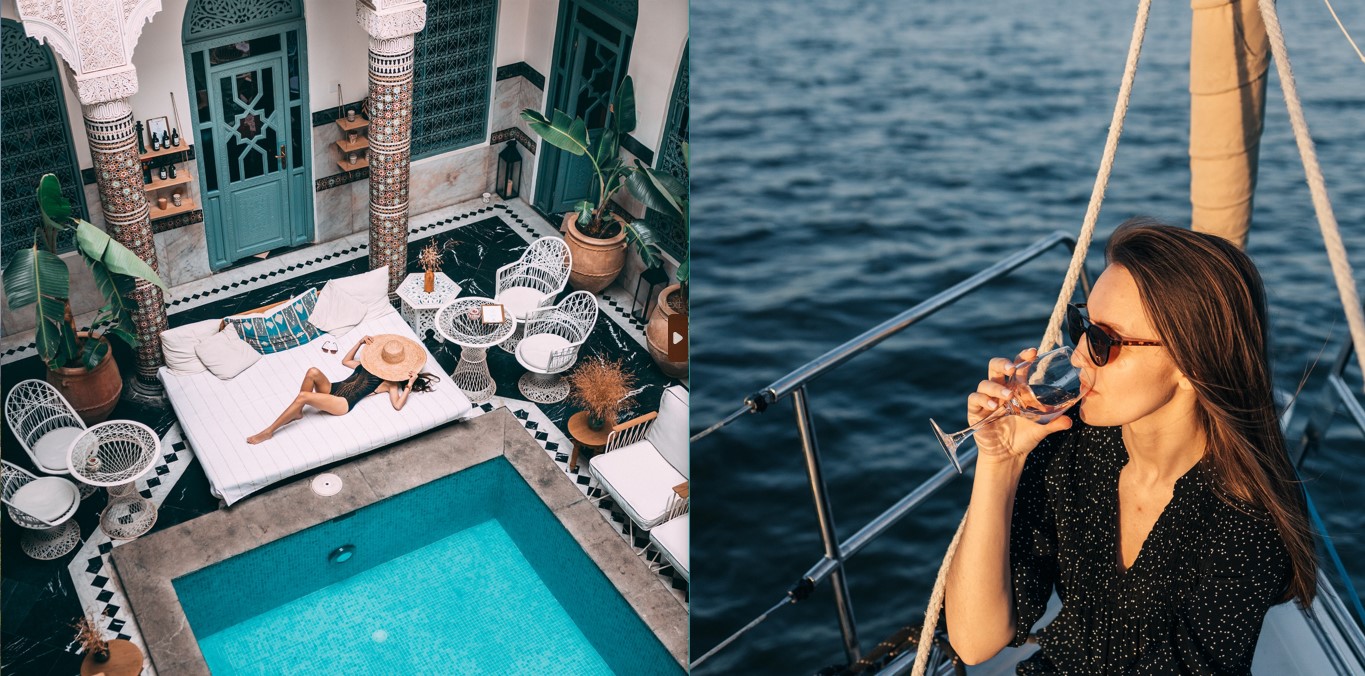
f. Travel and Hospitality
Luxury hotels, resorts, and spas offering exceptional service, elegant accommodations, and exclusive amenities and experiences (e.g., private villas and butlers).
| Belmond | Six Senses |
| Fairmont | St. Regis |
| Four Seasons | The Ritz-Carlton |
| Rosewood | Waldorf Astoria |
| Shangri-La | W Hotels |
g. Luxury Real Estate
High-end properties, mansions, penthouses, and estates in prestigious locations, often featuring luxurious amenities (e.g., private pools and gyms).
Here are some of the most expensive neighborhoods in the U.S. and U.K.:
| U.S. | U.K. |
| Hudson Yards (Manhattan) | Chelsea |
| Nob Hill (San Francisco) | City of Westminster |
| SoHo (Lower Manhattan) | Kensington |
| SoMa (San Francisco) | Knightsbridge |
| Upper East Side (New York) | West Brompton |
h. Luxury Yachts and Private Jets
Exclusive modes of transportation for the affluent, providing opulent comfort, personalized service, and access to remote destinations.
| Type of Private Plane | Charter Rate per Hour (in U.S. Dollar) |
| Pistons | $1,000 – $2,000 |
| Turbo-props | $1,500 – $2,800 |
| Very Light Jets (VLJ) | $2,500 – $3,200 |
| Light Jets | $3,500 – $4,800 |
| Super Light Jets | $4,250 – $5,250 |
| Midsize Jets | $4,800 – $6,000 |
| Super Midsize Jets | $6,000 – $7,500 |
| Heavy Jets | $8,500 – $10,500 |
| Long-range Jets | $12,000 – $15,000 |
| VIP Airliners | $18,000 – $30,000 |
i. High-End Electronics and Gadgets
Luxury electronics, such as:
- premium smartphones
- top-of-the-line audio systems
- high-resolution televisions
- cutting-edge home automation systems
In an article it published in 2022, Apple Gazette said that iPhone ownership is already a determining factor for social status. It stated:
“„iPhone is . . . an acceptable symbol of wealth not only in America but also across the world . . . a reliable indicator that a person carrying it lies in the high-income category.- Apple Gazette Team
j. Art and Collectibles
Rare and valuable artwork, antiques, vintage cars, collectible items, and limited-edition luxury goods sought after by collectors and enthusiasts.
Some of the world’s most popular auction houses:
| Bonhams (U.K.) | Heritage Auctions (Texas) |
| China Guardian (Hong Kong) | Poly Auction (Hong Kong) |
| Christie’s (London) | Sotheby’s (New York) |
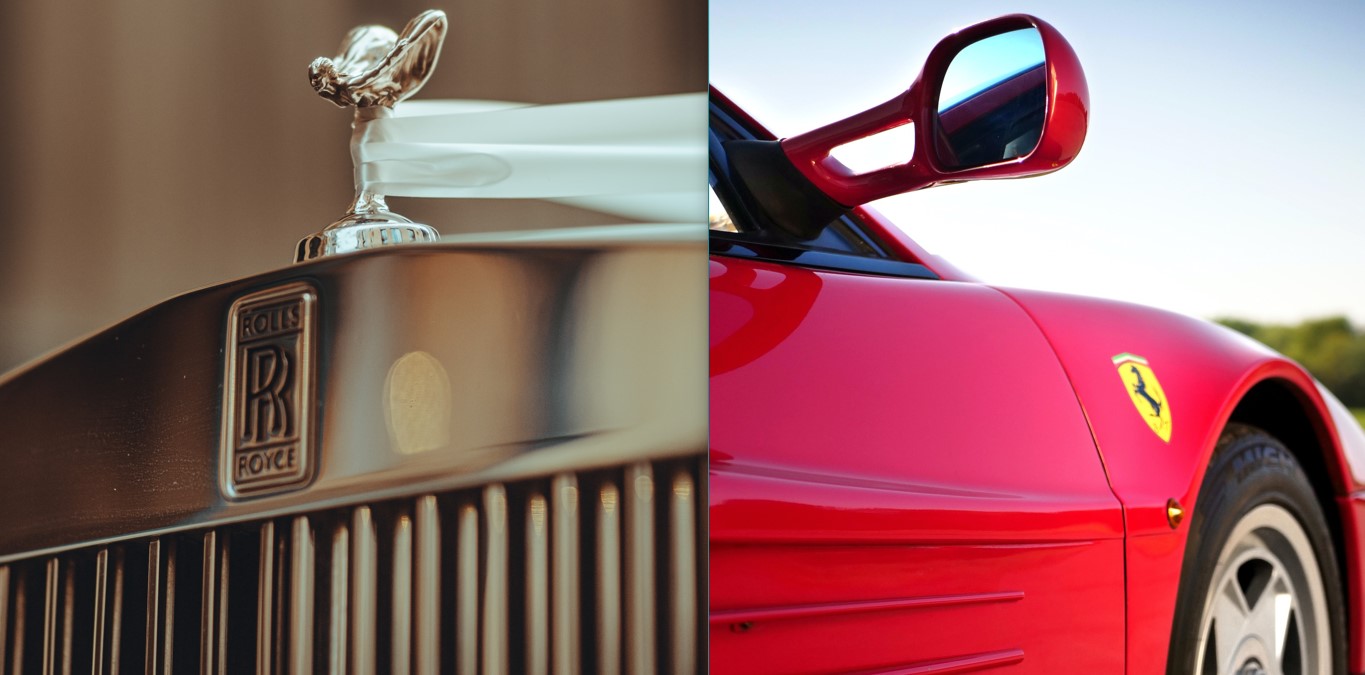
Consumerism Luxury Goods
Consumerism and luxury goods have a strong and intricate relationship, as consumerism often fuels the demand for luxury products and vice versa.
Consumerism refers to the ideology or culture that encourages the acquisition and consumption of goods and services as a central aspect of personal and societal well-being.
Often, it’s driven by the desire for:
- material wealth
- social status
- personal satisfaction
Moreover, consumerism encourages individuals to define themselves and their identities through their possessions and the brands they consume.
In a consumerist society, people often strive to acquire the latest products and engage in conspicuous consumption to display their wealth or social standing.
No wonder consumerism and luxury goods are, in today’s modern language, besties.
The relationship between consumerism and luxury goods can be understood through the following points:
a. Status and Social Symbolism
Luxury goods often serve as:
- status symbols
- markers of social distinction
Many consumers are motivated to purchase luxury items to:
- display their socioeconomic status
- demonstrate their achievements
- gain recognition among their peers
b. Aspirational Nature
Consumerism promotes the idea of constantly desiring and pursuing new products and experiences.
Luxury goods, with their high price tags and perceived exclusivity, are often positioned as aspirational items that consumers strive to own.
c. Branding and Identity
Luxury brands invest heavily in marketing and branding to create a distinct identity and image associated with their products.
Consumers are attracted to the:
- brand story
- heritage
- values . . .
. . . conveyed by luxury brands.
Owning luxury goods becomes a way for individuals to align themselves with these brand identities and express their personal:
- tastes
- values
- preferences
d. Emotional Satisfaction
Consumerism is often driven by emotional factors, such as:
- the pursuit of pleasure
- self-expression
- the desire to enhance one’s self-esteem
Luxury goods provide a heightened sensory and emotional experience.
Owning luxury items fulfill a person’s emotional needs and desires because they can evoke:
- feelings of pleasure
- pride
- a sense of self-worth
e. Experiential Value
As mentioned earlier, luxury goods come hand in hand with superior customer service.
Consumers may derive satisfaction not only from the product itself but also from the overall luxury shopping experience.
f. Economic Factors
Consumerism and luxury goods also have economic implications.
The demand for luxury products generates revenue and drives economic growth. Luxury brands contribute to:
- employment
- investment
- innovation
Moreover, the allure of luxury goods often leads to conspicuous consumption, where individuals spend money on luxury items to:
- showcase their wealth
- stimulate the economy
All in all, consumerism and luxury goods are closely intertwined.
The relationship between these two is complex, with both positive and negative implications for individuals, society, and the economy.
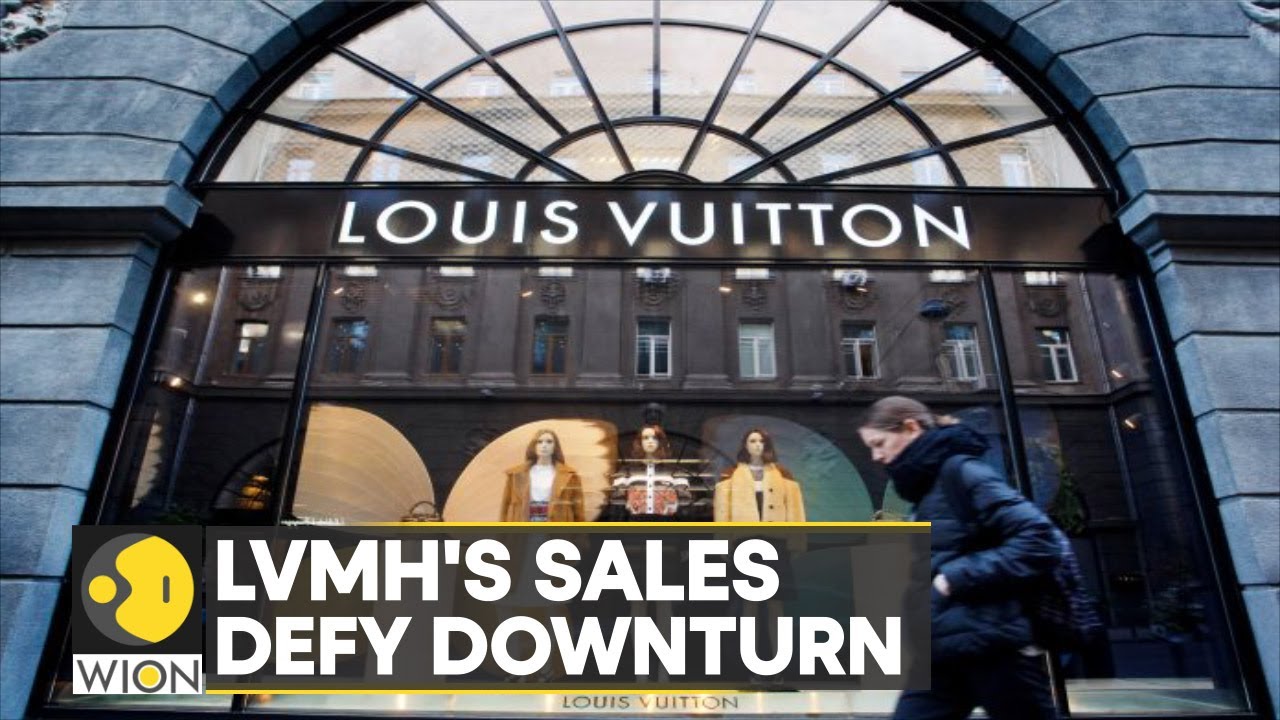
World Business Watch: LVMH's sales defy downturn, shoppers splurge on luxury goods | WION
Global Luxury Goods Market
While the world has witnessed profound socio-economic shifts and cultural transformations, the demand for luxury goods has proven remarkably resilient.
In addition, the rise of digital commerce has expanded access to luxury goods.
It has allowed consumers from all corners of the globe to explore and acquire coveted items without leaving their homes.
GlobeNewswire reported that in 2022, the global luxury goods market reached an estimated value of $242.8 billion.
In the U.S. alone, it was $53.1 billion.
By 2023 - some merely seven years from now - that market is anticipated to balloon to $369.8 billion.
Based on this projection, from 2022 to 2030, it will have a compound annual growth rate (CAGR) of 5.4 percent.
To be specific , the luxury segment for apparel - think of Paul Smith and Dolce & Gabbana and Ermenegildo Zegna - is projected to reach a global value of $115.4 billion by 2030.
Projections for other countries:
| Country | Projected Growth |
| Asia-Pacific | $60.9 billion (by 2030) |
| Canada | 5.6% (2022-2030 period) |
| Germany | 4% CAGR |
| Japan | 4.2% (2022-2030 period) |
Despite economic downturns and fluctuations, luxury goods have consistently thrived, establishing themselves as enduring symbols of prestige and desirability.
Criticism Of Luxury Brands
Consumerism and the pursuit of luxury goods also have criticisms and ethical considerations associated with them.
Excessive consumerism can contribute to:
- environmental degradation
- social inequality
- the exploitation of labor
The focus on material possessions and the constant pursuit of luxury can detract people from more meaningful aspects of life and personal well-being.
In his June 2023 Financial Times article, British journalist Janan Ganesh branded luxury goods as “Europe’s joke on the world.”
Well, most luxury fashion houses - from Balenciaga to Yves Saint Laurent - are in Europe.
The 41-year-old political writer recalled how his 14-year-old self once got enamored with luxury goods. That made him describe his younger self as “a considerable idiot” for falling prey into them.
For Ganesh, it’s not a “status” that luxury goods convey; rather, it’s “impressionability” and “neediness.”
While he stressed that splurging on European luxury goods isn’t exactly “immoral” - he even acknowledged how they generate taxes and jobs - Ganesh would scorn their “intrinsic ghastliness.”
He believes that Europe merely aims (business as usual) to profit from other countries, including those it once occupied and oppressed.
In addition to that, for Ganesh, Europeans peddling their luxury goods carries with it the implicit message that Europe is the sole authority of fine taste and quality workmanship.
As he concluded his opinion piece, he wrote:
“„The idea that Europe is a pleasure place, not a wealth-making machine, assumes it can’t turn the one into the other on a lasting basis.- Janan Ganesh
People Also Ask
Who Is The Largest Consumer Of Luxury Goods?
According to a January 2023 report by CNBC, it’s the South Koreans.
In 2022, their personal luxury goods purchases was approximately 24 percent. In other words, it reached $16.8 billion.
Analysts from the American investment bank Morgan Stanley said that two forces are behind such growth:
- a stronger purchasing power of South Korean consumers
- their desire to display their social status by flaunting their material wealth
What Is Bain’s Report On 2023 Chinese Future Consumers?
In its report published in February 2023, Bain & Company, a management consulting company from Massachusetts, describes Chinas as “a behemoth for luxury growth.”
The Boston-based company believes that by 2030, the number of the country’s middle-income consumers and high-income consumers would “double.”
The report also expressed confidence that “luxury consumption will recover” in China from the economic impacts brought by the COVID-19 pandemic.
Are Luxury Consumers Getting Younger?
Yes! Per CNBC, based on a Bain & Co. report, millennials (ages: 27-42; born 1981-1996) and the Gen Zs (ages: 11-26; born 1997-2012) were responsible for the growth of the global luxury goods market in 2022.
The report projected that 80 percent of its growth by 2030 would be the result of their purchases.
Final Thoughts
Luxury goods have transcended geographical boundaries, becoming a truly global phenomenon.
From the bustling fashion districts of Paris and Milan to the vibrant shopping hubs of New York and Tokyo, luxury boutiques dot the world’s most iconic cities, offering a haven for those seeking to immerse themselves in a world of refined indulgence.
New York-based global management consulting firm McKinsey & Company, reported CNBC, estimated that in 2023, the global luxury goods market would grow between 5 percent to 10 percent.
Indeed, the allure of luxury goods across the globe remains steadfast despite ever-evolving trends and shifting economic landscapes.

Paolo Reyna
Author

James Pierce
Reviewer
Latest Articles
Popular Articles


